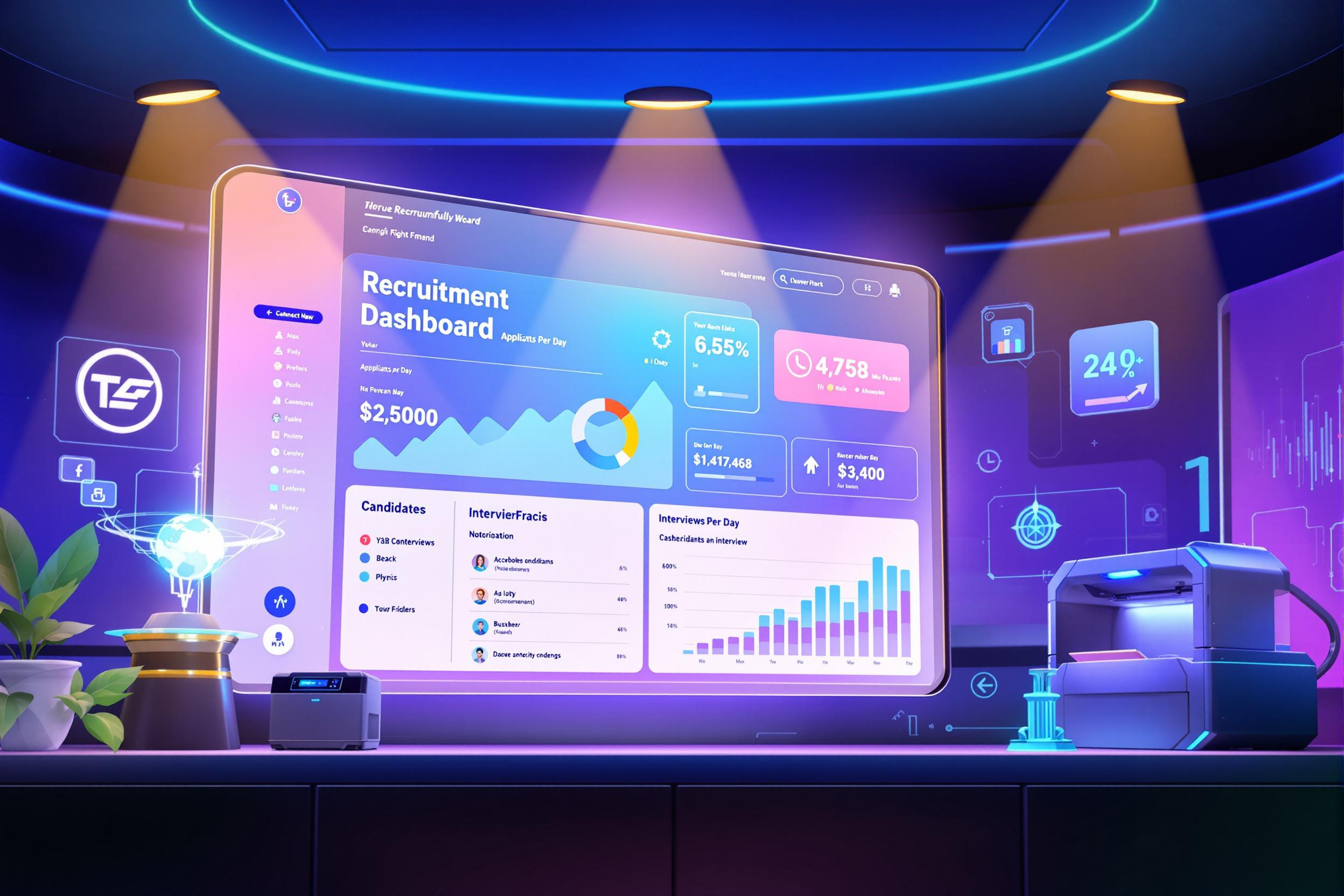
Industrial Robot
An Industrial Robot is a programmable machine used in manufacturing and production facilities to perform tasks automatically. Think of it as a mechanical arm that can be taught to do repetitive jobs like welding, painting, assembly, or moving items. Companies use these robots to improve production speed, maintain consistent quality, and handle tasks that might be dangerous or tedious for human workers. Common types include articulated robots (that look like a human arm), SCARA robots (for picking and placing items), and collaborative robots (that can work safely alongside humans). When you see this term in resumes, it usually means the person has experience programming, maintaining, or working with these automated systems in a factory setting.
Examples in Resumes
Programmed and maintained Industrial Robot systems for automotive assembly line
Improved production efficiency by 30% through Industrial Robot implementation
Led team responsible for Industrial Robot integration and Robotic System maintenance
Developed safety protocols for Industrial Robot and Factory Robot operations
Typical job title: "Robotics Engineers"
Also try searching for:
Where to Find Robotics Engineers
Professional Organizations
Online Communities
Job Boards
Example Interview Questions
Senior Level Questions
Q: Can you describe a challenging robot implementation project you managed and how you solved any issues that came up?
Expected Answer: Look for answers that show leadership, problem-solving abilities, and experience with full project lifecycle from planning to completion. They should mention safety considerations, team coordination, and how they handled unexpected challenges.
Q: How do you approach optimizing a robotic cell for maximum efficiency?
Expected Answer: Strong answers should discuss analyzing current performance, identifying bottlenecks, programming improvements, and measuring results. They should also mention considering both robot performance and human operator needs.
Mid Level Questions
Q: What safety features do you consider essential when setting up an industrial robot?
Expected Answer: Should mention safety fencing, emergency stops, light curtains, area scanners, and proper programming of robot speed and movement zones. Understanding of safety regulations is important.
Q: How do you program a robot to handle variations in part positioning?
Expected Answer: Should discuss vision systems, sensors, and programming techniques that allow robots to adapt to different positions. Look for practical examples from their experience.
Junior Level Questions
Q: What are the basic components of an industrial robot system?
Expected Answer: Should be able to identify main parts like the robot arm, controller, teach pendant, end-effector, and basic safety components. Basic understanding of how these work together is important.
Q: What experience do you have with robot programming software?
Expected Answer: Should be familiar with at least one major robot programming platform and understand basic concepts like movement commands, I/O handling, and simple program structure.
Experience Level Indicators
Junior (0-2 years)
- Basic robot programming and operation
- Understanding of safety procedures
- Simple maintenance tasks
- Basic troubleshooting
Mid (2-5 years)
- Complex programming and integration
- Robot cell design
- Performance optimization
- Advanced troubleshooting
Senior (5+ years)
- Project management
- System architecture design
- Team leadership
- Integration of multiple robots and systems
Red Flags to Watch For
- No hands-on experience with actual robots
- Lack of safety awareness
- No knowledge of industry safety standards
- Unable to explain basic robot programming concepts
- No experience with real production environments




